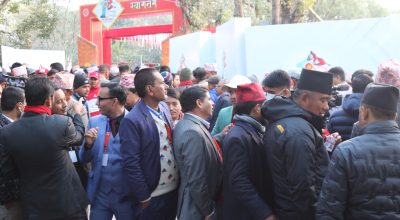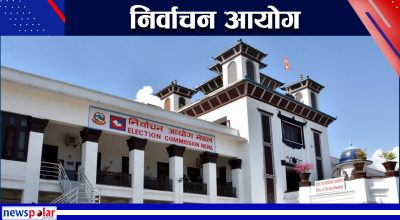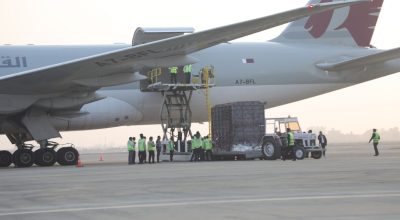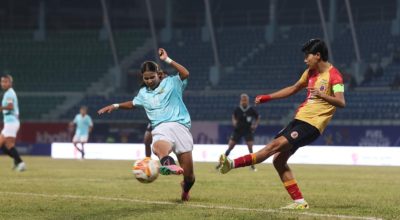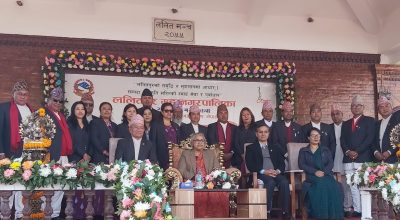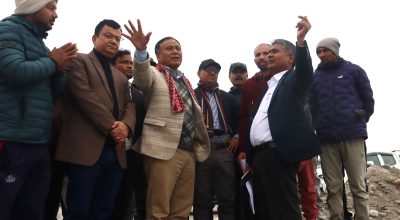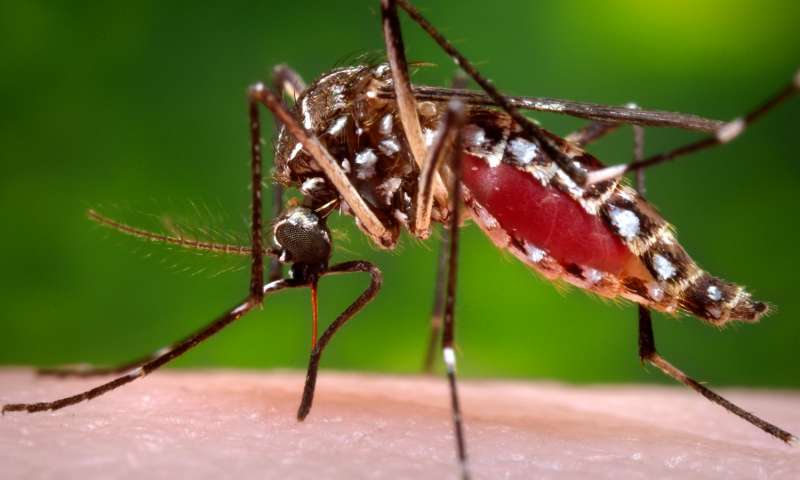
Tanahu, Sept 26: Three persons died of dengue infection in Tanahu in recent two months. All three fatalities are from Byas Municipality.
The health section of Byas Municipality informed that those losing lives to dengue infection were a 35-year-old man from ward no 10, a 15-year-old boy from ward no 11, and 13-year-old girl from ward no 2.
They died from July 1 to September 25. Health section chief Pramod Soti informed that dengue infection was spreading in Damauli for some months.
The municipality alone has 1,350 dengue patients now. The municipality is preparing to mobilize its health workers at Damauli Hospital in the wake of rapid rise in dengue patients. Even the hospital was complaining of shortage of human resources to provide smooth service.
A doctor, two lab technicians and two others in emergency section would be provided to the hospital, he added.
Meanwhile, the municipality has launched a public awareness campaign at every village. Search and destroy campaign would be in place to control the spread.
Now, every ward is running public health awareness campaign. Similarly, chief of health office in Tanahu, Shankar Babu Adhikari, urged one and all to maintain further alertness against dengue infection.
He expressed worry over shortage of beds in health facilities with the rise of dengue patients. Most of patients at Damauli Hospital are of dengue fever.
In recent months, thousands of people have been found infected with it. Mostly terai based districts have to face severe consequences with dengue fever.
In Dharan of Sunsari district, many people died this year with dengue infection. However this time the capital city Kathmandu relatively witnessed lesser number of cases mainly due to awareness and timely search and destroy of dengue larvae.
According to Ministry of Health and Population, the earliest cases were detected as early as 2005. The sporadic cases continued and outbreaks occurred in 2006 and 2010. Initially most of the reported cases had travel history to neighbouring country (India), however lately indigenous cases were also reported.
The affected districts were Chitwan, Kanchanpur, Kailali, Banke, Bardiya, Dang, Kapilvastu, Parsa, Rupandehi, Rautahat, Sarlahi, Saptari and Jhapa, indicating spread throughout the country from west to east lying in the plain Terai region. During 2011, 79 confirmed cases were reported from 15 districts with the highest case incidence in Chitwan (n=55)





